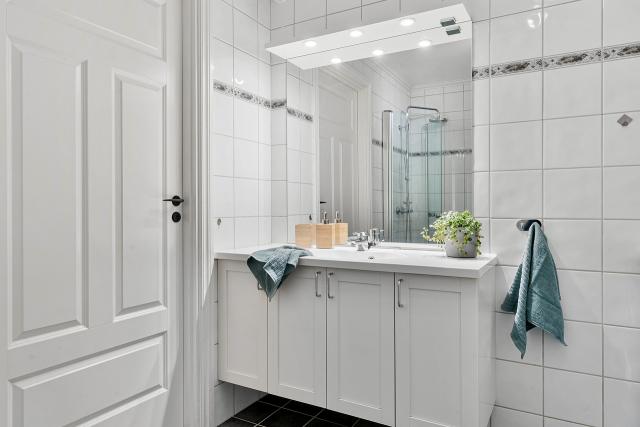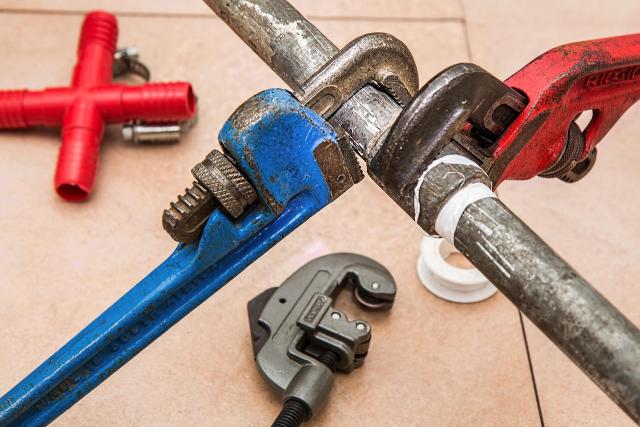
How to Create a Bathroom Design Plan by Yourself
Bathrooms are no longer just functional spaces for hygiene—they’ve become modern sanctuaries for...

Taking out an old bathtub might sound like a messy, labor-intensive job. But with the right tools, proper planning, and a bit of patience, you can make it a straightforward DIY project. Whether you're replacing your tub with a sleek shower or upgrading to a more modern model, this guide will help you handle the demolition process safely and efficiently.
Step 1: Prep the Space
Before you start swinging tools, preparation is key. The approach depends on the scope of your bathroom remodel. If you’re going for a full gut renovation, you’ll be removing plumbing, tiles, and fixtures. But even for a tub-only replacement, make sure the space is clear.
Here's what to do:
Turn off the water using the shut-off valves.
Remove any accessories (curtain rods, shelves, toiletries).
Protect other fixtures with plastic sheeting or painter’s tape.
Remove floor debris, old rugs, and anything that may trip you.
Wear protective gear: safety glasses, gloves, a mask, and durable workwear are a must.
Clearing the space will give you freedom to move and prevent damage to surrounding tiles and fixtures.
Many tubs—especially older models—are dressed up with decorative panels or tile skirts. These need to come off before you can access plumbing connections.
Plastic or wood panels often pop off easily with a pry bar.
If the tub skirt is tiled, you'll need a hammer and chisel or even a small sledgehammer to break it away. Be prepared to discard any broken tile.
The goal is to expose the plumbing and drain system underneath the tub.
Next, disconnect the tub from your home's plumbing.
If your tub has a removable drain cover, unscrew it with a drain wrench or pliers.
Underneath the tub, you’ll find the trap and overflow pipe. Old cast-iron or glued PVC connections may require cutting with a saw or grinder.
Place a bucket under the drain before disassembly—residual water in the trap can spill out.
Disconnect the overflow pipe by removing its faceplate inside the tub.
Once the plumbing is disconnected, plug the open drain pipe temporarily with a rag or cap to block sewer gases.
If you're keeping your faucet or shower system, remove them carefully.
Shut off the water valves again if needed.
Use a wrench to loosen the supply lines.
Wall-mounted fixtures are usually easier to remove than deck-mounted ones.
For older fixtures stuck with rust or limescale, use penetrating oil and be patient.
Wrap up all parts you’re keeping and store them safely for reinstallation.
The material of your bathtub determines how hard the removal will be.
Heavy and durable, cast iron tubs often weigh over 300 pounds. If you’re not planning to reuse it, the simplest method is to break it into smaller pieces:
Use a grinder ("angle grinder") to make grooves.
Strike the grooved area with a sledgehammer—cast iron is brittle and will shatter.
Be sure to wear full safety gear, including goggles, mask, long sleeves, and gloves.
Cut the tub in half or into quarters for easier removal.
These are much lighter and easier to handle. If it fits through the door, try to remove it intact:
Disconnect the support legs if present.
Twist and tilt the tub to maneuver it out.
If it has built-in jets, heaters, or lighting, disconnect all wiring before removal.
If the tub won’t budge or is too bulky, it can be sawn into pieces with a reciprocating saw.
Now that your tub is disconnected and prepped:
Detach it from the wall. Break away any remaining adhesive, cement, or grout.
Use a pry bar or a helper to gently shift the tub away from the wall.
If it’s stuck, try removing the tub feet first or rocking it back and forth.
Turn it on its side to fit through the door.
Protect the doorframe and floors with moving blankets, cardboard, or old towels.
In tight spaces, consider removing the door from its hinges to give yourself more room.
Once the old bathtub is out:
Inspect and replace old plumbing before it’s covered by new walls or enclosures.
Now is the best time to replace old drainpipes, clean out mold, and re-tile the area.
Whether you're installing a new bathtub or shower cabin, make sure your new unit aligns with existing plumbing or plan for adjustments.
If you’re installing a shower cabin with spa features, verify electrical safety for hydro-massage, steam, or lighting.
Most local waste management services will not pick up a full-sized bathtub curbside.
Call your municipal service for a bulky item pickup.
For cast iron or steel tubs, check with a scrap metal yard—you may even get a small payout.
Acrylic tubs can be taken to the landfill or repurposed for garden use (raised beds, livestock troughs, etc.).
Hire a junk removal service if you don't have access to a truck.
Demolishing a bathtub isn’t the most dangerous home task, but it still requires caution.
Work with a helper to avoid injuries and make lifting easier.
Always wear protective gear: gloves, goggles, dust mask, and long sleeves.
Use non-slip mats or rubber pads under the tub during movement.
Keep tools away from children and pets during the project.
Unplug power tools when not in use.
While removing a tub is manageable for most DIY-savvy homeowners, some situations may call for a professional:
The tub is extremely large or wedged into tight quarters.
You're unfamiliar with plumbing disconnections or drain reinstallation.
You don’t have the necessary tools or a helper.
You’re short on time and want the job done fast.
Plenty of remodeling contractors and junk removal services offer tub removal + disposal packages, which may be worth considering if labor, logistics, or safety are concerns.

How to Create a Bathroom Design Plan by Yourself
Bathrooms are no longer just functional spaces for hygiene—they’ve become modern sanctuaries for...

When renovating a bathroom, one of the most important (and often underestimated) steps is laying...

Thanks for joining our homeowners’ community.
Stay tuned!
Choose the category
Choose the category